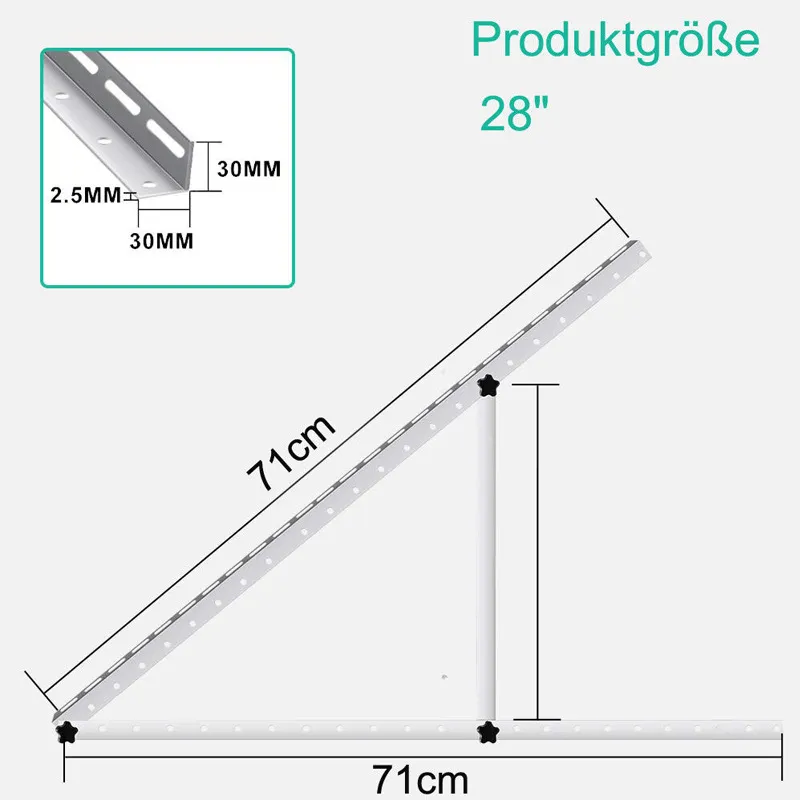

self tapping screws into brick
Nov . 22, 2024 03:54 Back to list
self tapping screws into brick
Self-Tapping Screws into Brick A Comprehensive Guide
When it comes to construction and home improvement, securing materials together is a critical task that can determine the longevity and stability of any structure. One popular method involves the use of self-tapping screws, particularly when working with hard materials like brick. Unlike wood or drywall, brick requires special considerations, and understanding how to use self-tapping screws effectively can make all the difference in your projects.
What are Self-Tapping Screws?
Self-tapping screws are specially designed screws that can create their own mating thread in the material they are being driven into. This eliminates the need for a pre-drilled hole, making them ideal for various applications. They are available in different materials, such as steel or stainless steel, and come with various head types, including flat, pan, and hex. When it comes to brick, the choice of screw material and design is crucial, as it influences the screw's holding power and resistance to rust or corrosion.
Why Use Self-Tapping Screws in Brick?
Using self-tapping screws in brick has several advantages - Time Efficiency The ability to tap into brick without the need for pre-drilling saves significant time in projects, especially for those involving multiple screws. - Strong Hold When properly installed, self-tapping screws can provide a strong anchoring capability in brick, making them suitable for heavy items. - Versatility These screws can be used for various applications, such as attaching shelves, mounting brackets, or even securing fixtures around the home.
Preparing Your Workspace
Before diving into your project, proper preparation of your workspace is essential. Start by gathering all necessary tools and materials - Self-Tapping Screws Select screws designed for masonry. These typically feature sharp threads and a specialized tip for penetrating hard materials. - Drill Use a power drill equipped with a drill bit suitable for masonry; this will be helpful if you need to create pilot holes in very hard brick. - Safety Gear Protect yourself with goggles and a dust mask to avoid inhaling brick dust and to shield your eyes from debris.
How to Install Self-Tapping Screws into Brick
self tapping screws into brick

1. Mark Your Location Determine where you want the screw to go. Use a pencil to mark the spots, ensuring they are evenly spaced and level if you are mounting multiple screws.
2. Choose Your Screw Size Depending on the load you intend to hang, select an appropriate screw length and gauge. A standard rule is to choose a screw that will embed at least 1 inch into the brick for adequate holding power.
3. Drill a Pilot Hole (If Necessary) Although self-tapping screws do not require pilot holes, drilling a small pilot hole can help guide the screw and reduce the risk of cracking the brick, particularly in older structures.
4. Drive the Screw Position the screw on your marked spot and drill it straight into the brick. If the screw is too difficult to drive, double-check if a pilot hole is needed or if the screw is suitable for your type of brick.
5. Check for Stability After driving the screw, give it a gentle tug to ensure it is firmly in place. The screw should not wiggle and should feel secure.
Tips for Success
- Avoid Over-tightening Over-tightening can crack the brick or strip the threads of the screw. Use just enough force to secure the screw without damaging the material. - Consider Anchors for Heavy Loads For particularly heavy items, you may want to use a masonry anchor or toggle bolt to provide extra security. - Regular Maintenance Periodically check the screws to ensure they remain tight and the attached items are secure, especially if exposed to elements that may cause expansion and contraction.
Conclusion
Securing materials with self-tapping screws in brick is a valuable skill for anyone involved in DIY projects or construction work. Understanding the specifics of brick as a material, selecting the right screws, and employing proper techniques will ensure that your projects not only look good but also stand the test of time. Whether you are hanging a shelf or mounting a heavy fixture, self-tapping screws can provide the reliability you need. With this guide, you'll be well-prepared to tackle any project that involves brick and self-tapping screws.
Latest news
-
High-Strength Hot-Dip Galvanized Bolts-Hebei Longze|Corrosion Resistance&High Strength
NewsJul.30,2025
-
Hot Dip Galvanized Bolts-Hebei Longze|Corrosion Resistance&High Strength
NewsJul.30,2025
-
Hot Dip Galvanized Bolts - Hebei Longze | Corrosion Resistance, High Strength
NewsJul.30,2025
-
High-Strength Hot Dip Galvanized Bolts-Hebei Longze|Corrosion Resistance, Grade 8.8
NewsJul.30,2025
-
Hot Dip Galvanized Bolts-Hebei Longze|Corrosion Resistance,High Strength
NewsJul.29,2025
-
High-Strength Hot Dip Galvanized Bolts - Hebei Longze Metal Products Manufacturing Co., Ltd.|corrosion resistance&high strength
NewsJul.29,2025

